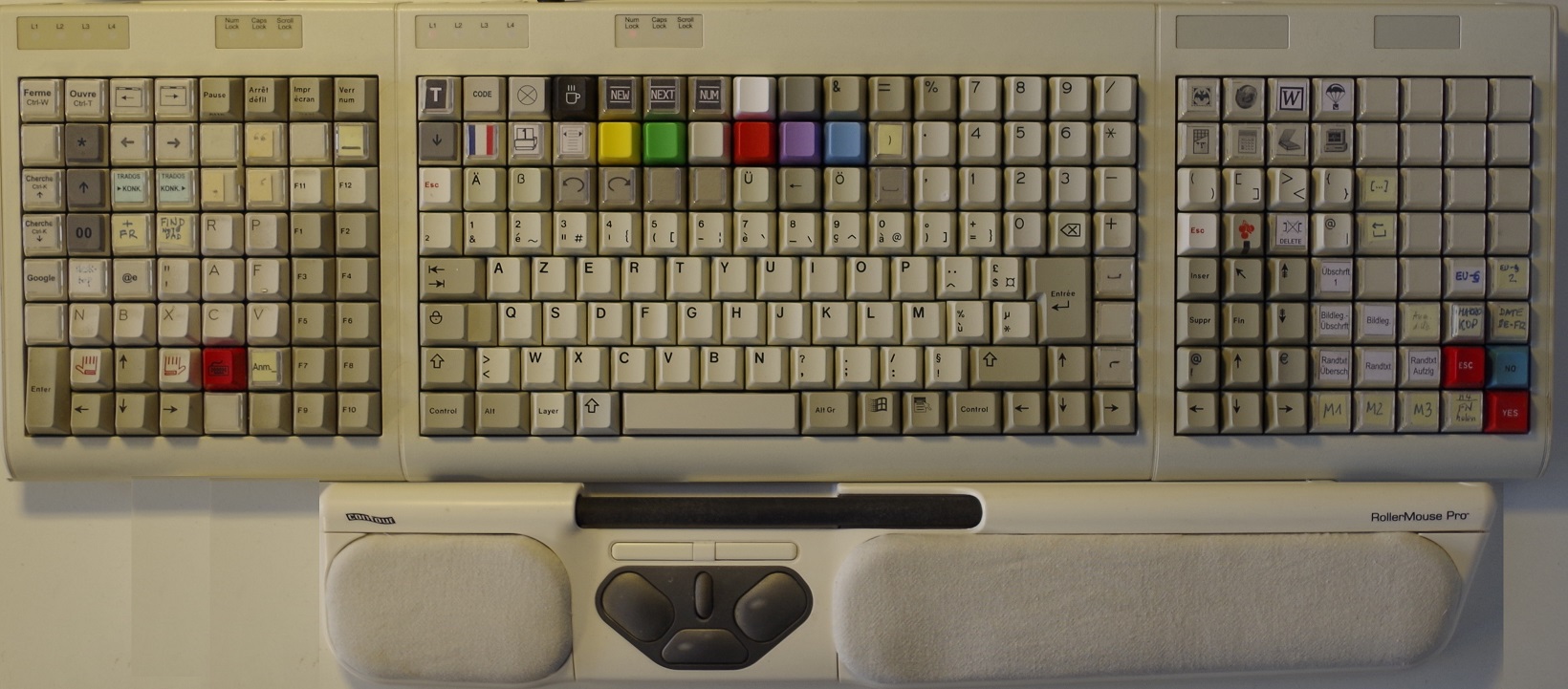jacobolus wrote: […] the easiest is to have some kind of textual/typing based access: that is, give the command a name several letters long.
Typing a whole word or even a few words is not only dramatically more efficient than moving the hands off the home row, it’s also easier to remember. […]
I just fail to understand why typing a whole command is supposed to be "
dramatically more efficient" than pressing a single key, even if one has to leave the home row for that.
Suppose we want to highlight a sentence yellow in MS Word. We would first mark it (obviously using the keyboard for that).
- I would then stretch my left hand middle finger to hit the yellow key on the 7th row and then retract it while
- you would, if I understand you correctly, type something like "Ctrl-M yellow Enter".
I see no "
dramatically" better efficience there, just a reasonably better one - for
my approach.
I even more fail to see why typing "yellow" (or, for example, "insert pic caption") is supposed to be "
easier to remember" than pressing a yellow key (or a key labelled "pic caption"). And if you shorten or abbreviate your commands ("yell", "piccapt"), they will of course be more prone to error or confusion and more difficult to remember, while a keypress remains a keypress.
But for anyone who doubts the power of limited keyboards to improve efficiency, just look to stenography keyboards, where with about 25 keys total it’s possible to type at several hundred words per minute. The logic is the same: make the motions small, with no reaching, and use combinations of fingers to encode an idea compactly.
Again, you argue with typing as a tremendously narrowed, almost olympic discipline: prolonged, text-only typing with the maximum possible speed (i.e. while someone is speaking). This has absolutely nothing to do with usual typing, where you are not compelled to keep pace with anything and where you will be pausing anyway to reflect things, turn pages, check your last action, turn the sound louder, take a sip from your coffee cup, have a look at another application or whatever in your specific work environment.
While of course optimizing one's workflow makes sense, there is just no need for your obsessive "
making the motions small, with no reaching" as an exclusive rule in any situation.
